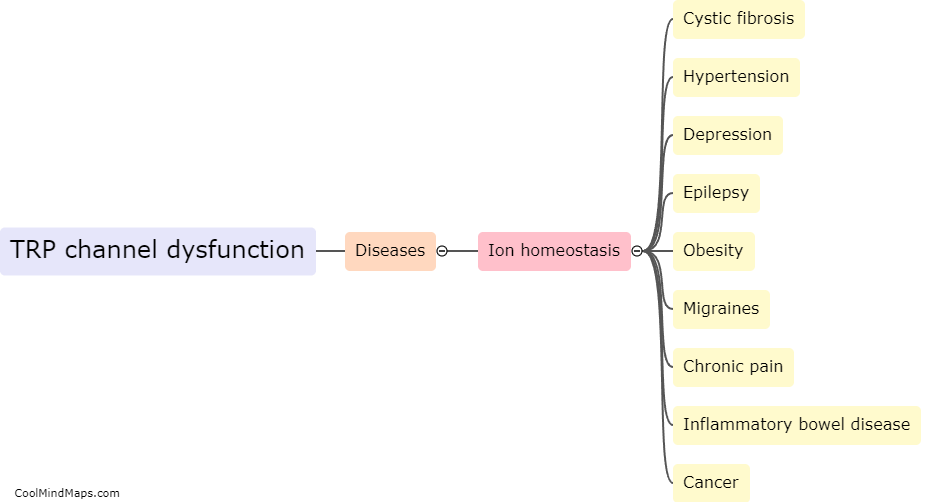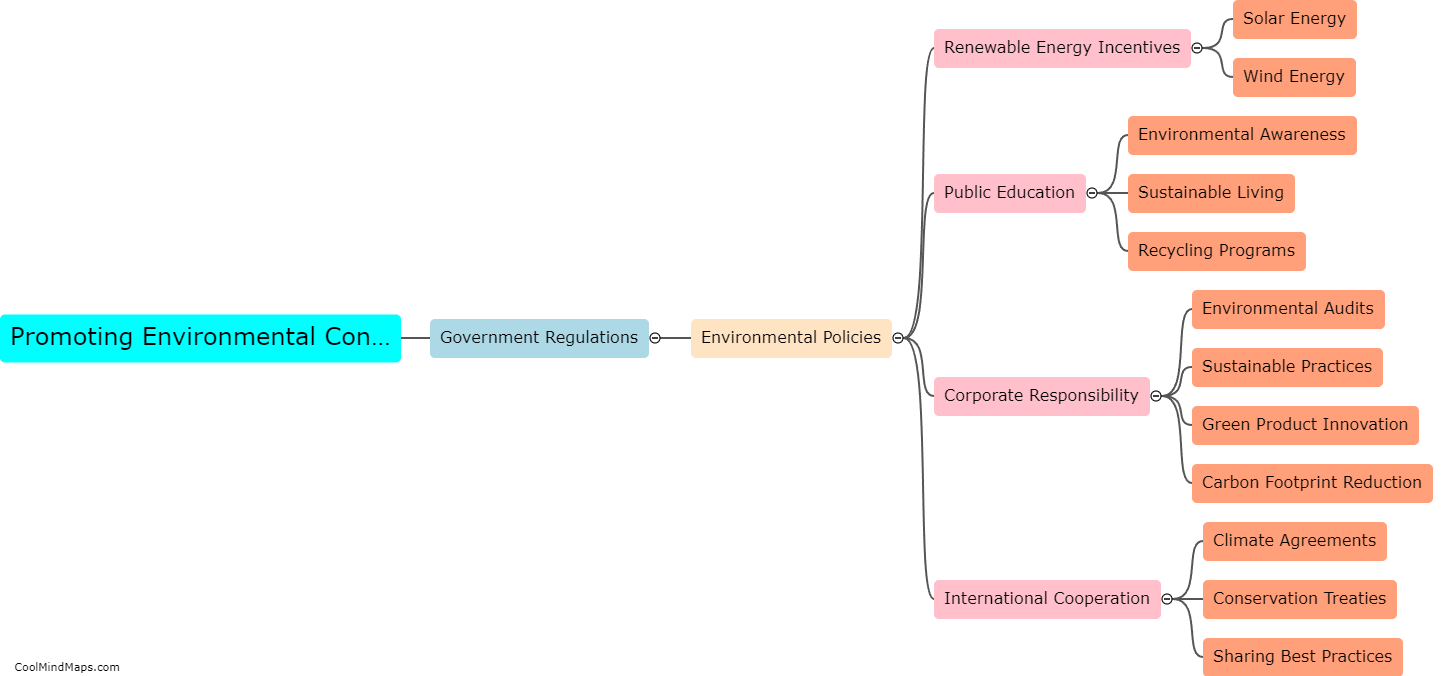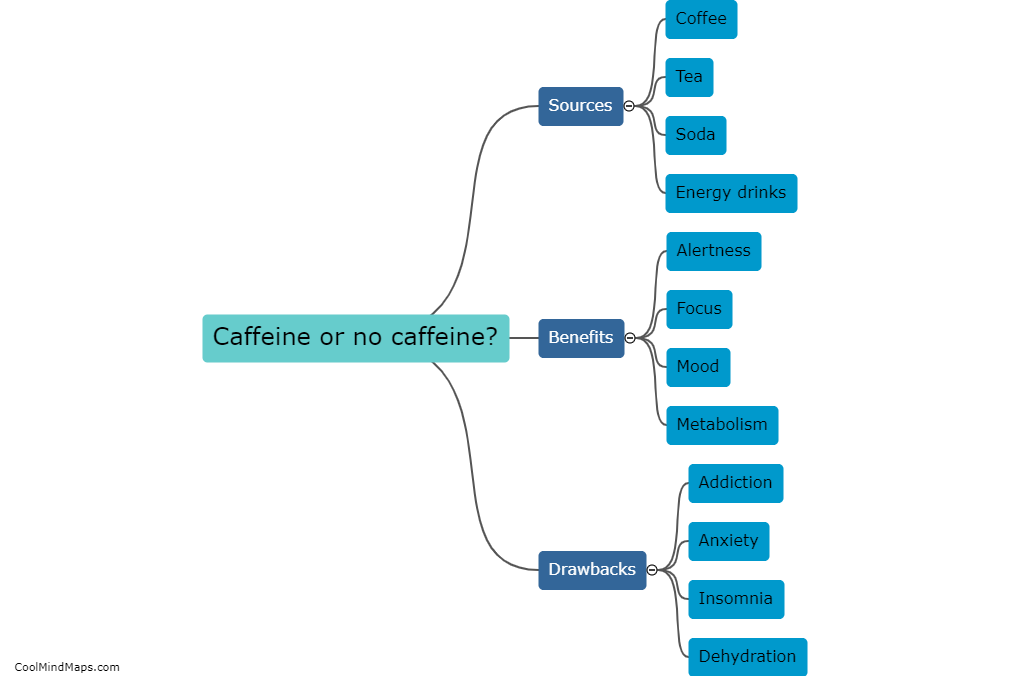How do microorganisms reproduce?
Microorganisms reproduce through various methods, including binary fission, budding, fragmentation, and spore formation. Binary fission is the most common form of reproduction, where the organism divides into two identical cells. Budding involves the formation of a smaller offshoot from the parent cell, which eventually separates and becomes an independent organism. Fragmentation occurs when an organism breaks into pieces, and each piece grows into a new individual. Spore formation allows certain microorganisms to produce specialized cells that can survive harsh conditions and germinate into new organisms when conditions are favorable. These diverse reproductive strategies enable microorganisms to rapidly multiply and populate their environments.

This mind map was published on 11 August 2024 and has been viewed 68 times.











